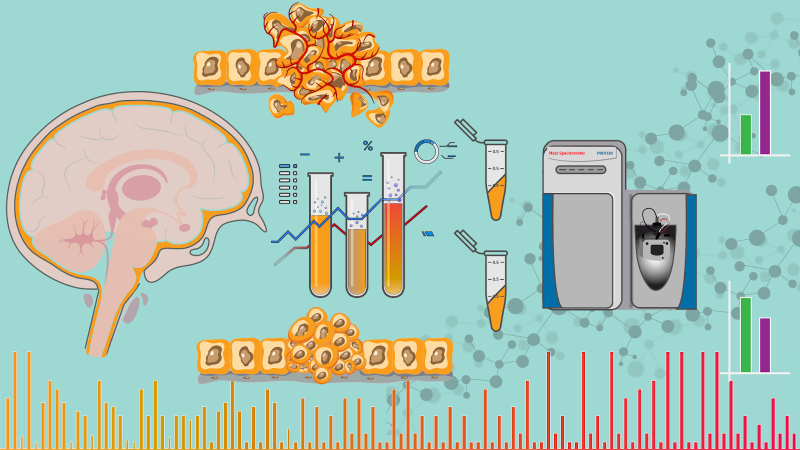
In this series, we detail on how ‘abused’ antibiotics are helping superbugs and why we tend to do so
“We are giving antibiotics to more than 75% of patients. Even for the common cold, we prescribe two tablets of Septran [co-trimoxazole]”
This is not a confession of a doctor or a surgeon, but of a self-taught rural pharmacist! While his intentions to cure the ill may be good, does he/she know what that translates to? Turns out, THEY HAVE NO IDEA!
The discovery of antibiotics, their ubiquitousness, and the ease of accessibility has transformed healthcare. Fatal diseases like pneumonia and typhoid can now be cured, and surgeries can be performed without any risk of infections. And the epicenter of this transformation was the healthcare sector. Pharmaceutical industries became the producers of these magic pills called antibiotics and doctors – armed with their knowledge and expertise – became their guardians, and pharmacists the helpers. We, the people, owing to our trust in the healthcare system, became the proud consumers.
But, over the years, the roles have mixed up, and that has worked in favor of superbugs. Superbugs are certain bacteria that have defied antibiotics, developed resistance to them and are now threatening our existence. Now, we have superbugs resistant to tuberculosis, influenza and a host of other diseases. The problem is so severe that the World Health Organization has put out a list of superbugs, urging researchers to come up with better antibiotics against these malefactors.
“Not getting the right drugs for the right duration is one of the leading causes of Anti-microbial resistance (AMR)”, says Prof. Joy Sarojini Michael of the Christian Medical College (CMC), Vellore. “This mainly happens due to the wrong prescription by doctors/quacks as a result of their lack of knowledge”, she adds.
If the prescription by doctors is questionable, can we really trust the prescription by a pharmacist? Or self-medication?
Antibiotics caught in the game of perceptions
The fact that pharmacists are turning into doctors and prescribing antibiotics for health issues like the common cold, are concerning for many reasons. Firstly, they are not entitled to prescribe antibiotics, or for that matter, any drug! Secondly, antibiotics do not cure a common cold, since it is caused by a virus, and should be treated by antivirals, not antibiotics. Thirdly, they may have no clue about the medical history of the infected person and might prescribe an antibiotic that might be allergic. If so, then why do people approach pharmacists for drug-prescription in the first place?
Perceptions of people in the healthcare sector-- doctors, patients, pharmacists -- form the driving force behind the rise of superbugs in India.
In a study, researchers at CMC Vellore studied the perceptions of people, pharmacists and doctors in the Vellore region to better understand the causes behind the misuse of antibiotics. It was a group discussion based qualitative study conducted in 2013. The researchers found that people’s financial status and accessibility to doctors were major determinants of people visiting doctors. “To see a doctor, we take leave from work and stand in a queue. Finally, the doctor will prescribe, possibly the same drug as the pharmacist. So, we go to pharmacy shop instead to get it quicker”, remarked one of the participants in the discussion who hailed from Vellore.
There is no cheer in the rural areas of the country either. With healthcare services already in the dismal state, people opt to take self-medication. “For dysentery, we have separate native treatment. Allopathic medicines have side effects”, they perceive, as told by one who participated in the survey. When enquired about the knowledge of antibiotics and antibiotics resistance, most people knew which antibiotics cured which symptoms, but had little idea of what antibiotics resistance meant.
If you thought the pharmacists and doctors, who are well aware of the repercussions of misuse/overuse of antibiotics, were any responsible, you could not be farther from the truth! In the study, one doctor is said to have admitted, “If we ask for investigations on the first day, the patient never turns up again! So, instead, we immediately give antibiotics and watch for two days. Nobody bothers about diagnosis, only symptom relief.”
The pharma companies are compliant in this ploy too. “Reputed pharma companies offer complementaries for prescribing their drugs. If you prescribe more, they offer air-conditioned car or free tickets... Of late, we are forced to try new antibiotics”, confessed another doctor.
The pharmacists have a different motivation to sell antibiotics without prescription, to prescribe antibiotics, or to even change prescriptions. One pharmacist, interviewed for the study, confessed – “Nobody likes to lose business. We give whatever the customers ask. Competition, the location of shops, license issues...everything has become commercialized.”
Though there are different perceptions about the use of antibiotics, there is one overarching commonality – the antibiotics prescription depends more on sociological factors like quick recovery, patient satisfaction, and commercial incentives rather than biological factors like proper diagnosis and cure.
Added to this is the fact that the Indian market offers more than 10,000 antibiotics formulations; while the National List of Essential Medicines – containing medicines that satisfy the priority healthcare needs of the majority of the population – contains only 21 antibiotics and two antibiotics combinations. This disparity itself points to a vast misuse of antibiotics.
“We need to be proactive. Already we are behind and the bacteria are developing new ways of surviving”, cautions Prof. Sujith J. Chandy, the lead author of the above-mentioned study and a professor at CMC Vellore. “The problem is that AMR is a multifactorial problem and therefore the solution is complex, and interventions have to be at all levels and including all stakeholders. Some of the factors are difficult to change, but some are slightly easier. For our part, we need to promote health education, hygiene practices, and antibiotic use by using them in the right dose, right duration, right frequency”, he adds.
Until scientists develop better alternatives to current antibiotics, and the government strengthens regulation on its usage, the best we can do is to advocate the judicious use of antibiotics – the right dose, the right duration, and the right frequency go a long way to keep these superbugs at bay. After all, as responsible citizens, we also have a responsibility towards our country, don’t we?
Editor's Note: There was a typo in the article that was discovered recently and it was corrected. The error is regretted.
